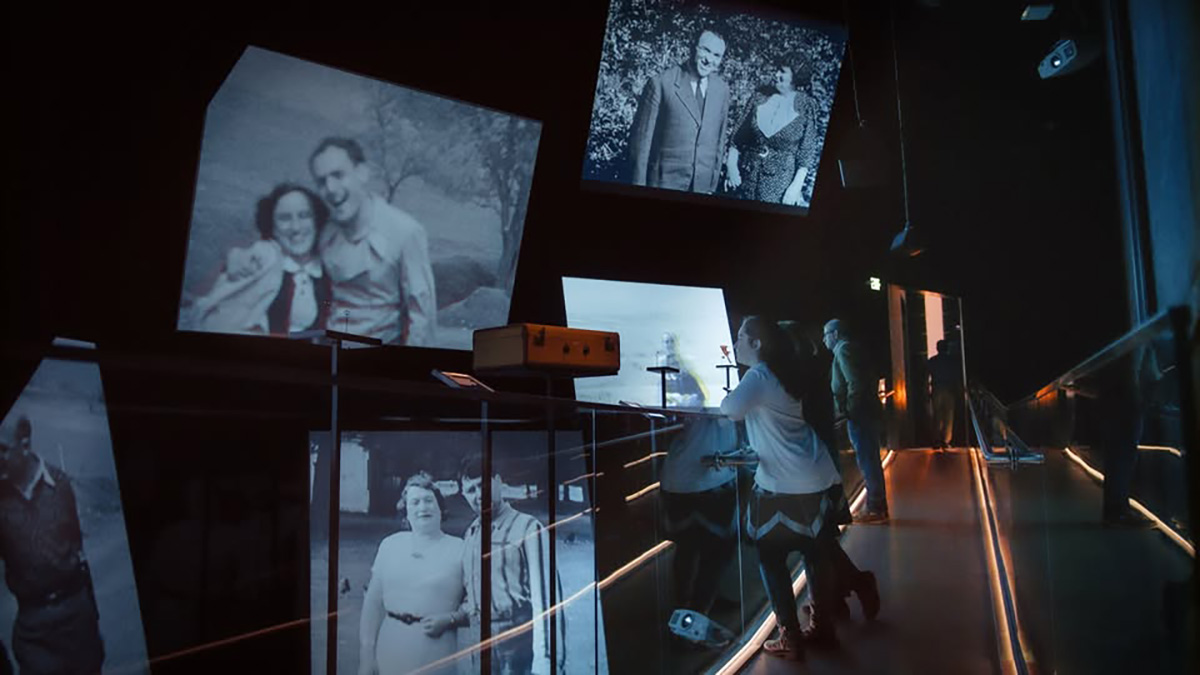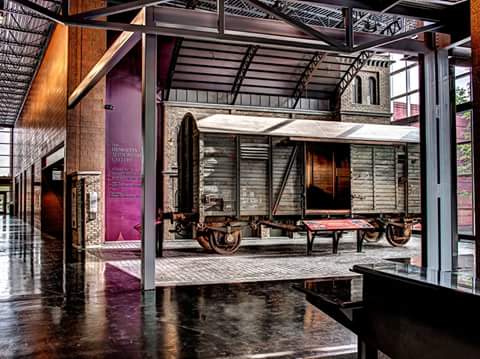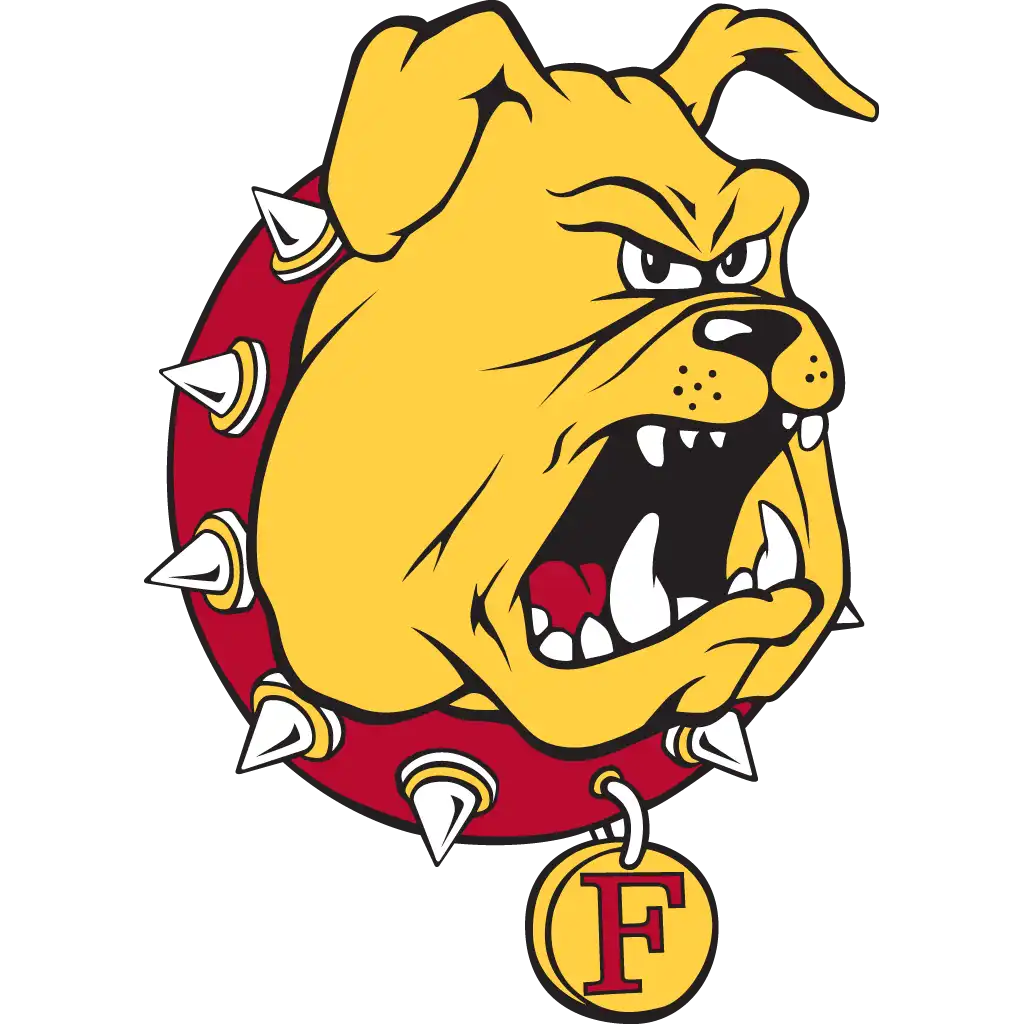May 14, 2025
Remembering to prevent: New Ferris State partnership examines STEM's role in the Holocaust and its modern implications

The Holocaust, one of the most horrific atrocities in human history, was made possible in part by the involvement of individuals with expertise in science, technology, engineering, and mathematics.

Ferris State University is launching a new academic collaboration aimed at exploring the ethical responsibilities of STEM professionals.
Recognizing the importance of understanding this troubling intersection, Ferris State University is launching a new academic collaboration aimed at exploring the ethical responsibilities of STEM professionals—past, present, and future.
In the 2025–26 academic year, Victor Piercey, director of Ferris State’s Honors Program, will help lead a unique partnership between Ferris State University, Michigan State University, and the Zekelman Holocaust Center in Farmington Hills.
Supported in part by a Ferris Innovator Accelerator Grant, the initiative will guide Honors students through a profound study of STEM ethics, beginning with an unflinching look at how knowledge and innovation were misused during the Holocaust—and how such lessons can inform a more just and responsible future.
The project will challenge students to wrestle with a tough question: Could STEM professionals once again be complicit in atrocities?
Piercey hopes students will come away seeing themselves as responsible, ethical actors with the agency to prevent future atrocities who will familiarize themselves with ethical guidelines and other resources in their day-to-day professional lives.
The idea was sparked for Piercey, who holds a doctorate in mathematics and a law degree from Columbia University, during a 2024 trip to the Zekelman Center. A tour leader mentioned that Nazi camps were insured, a revelation for Piercey, who teaches actuarial science.
"The tour leader's comment immediately made me think about the role actuaries must have played in insuring camps," he said. "And from that, I broadened my thinking out to STEM professionals’ roles more generally. One of the ways the Holocaust is unique among genocides is that it was carried out with industrial technology. This could not have happened without STEM professional support. And that is the premise of the upcoming project."
Starting in fall 2025, students from Ferris and Michigan State will research a STEM professional or company involved in the Holocaust.
In October, they'll visit the Zekelman Center to tour exhibits, discuss their research, and hear a presentation from a center speaker. Afterward, they'll present their findings at poster sessions at both universities.
At Ferris State, students will come from a calculus course and at Michigan State, from an Intro to Computational Modeling course. In both cases, the courses draw students from a range of STEM fields.
The project will challenge students to understand what could happen if faced with another atrocity.
"Following the abusive experimentation at the camps carried out under Josef Mengele among others, we developed ethical codes to address research with human subjects," Piercey said. "Many STEM professions are bound by ethical codes or guidelines. I myself, as a mathematician, have been working with a small team on enriching ethical guidelines for mathematicians to account for the consequences of our work and our obligations to society. Part of this project will involve examining ethical guidelines as a way to limit STEM participation in future atrocities."
Piercey said while Mengele’s crimes are widely recognized, the broader roles of STEM professionals risk being forgotten.
"The scientists who developed the use of gas poisoning and Zyklon-B are less well-known among the public but very well-known among Holocaust scholars and historians," Piercey said. "There are doctors, psychiatrists, chemists and more who worked with the Nazis, and the Nazis in turn worked with many STEM companies in order to implement the Holocaust."
Piercey encourages students to think creatively in their research, even about fields that didn’t yet exist during the Holocaust.
"Who were the architects and engineers that designed and built the camps," he said. "What about the actuaries that helped insure the camps? There are also useful hypotheticals for students in professions that didn’t exist at the time."
While the subject matter is heavy, Piercey said he’s energized by the chance to collaborate with colleagues from Michigan State and the Zekelman Center.
In addition to Piercey, the team includes Harry Smith, the education manager at the Zekelman Holocaust Center; and assistant professor Rachel Frisbie, doctoral candidates Emily Bolger and Rachel Roca from MSU’s Department of Computational Mathematics, Science, and Engineering, more specifically with the Computational Education Research Lab within the department.
"All of the people I will be working with are wonderful collaborators, and I feel so lucky to be able to work with them on something that I feel has strong potential to be impactful," he said with a broad smile.

